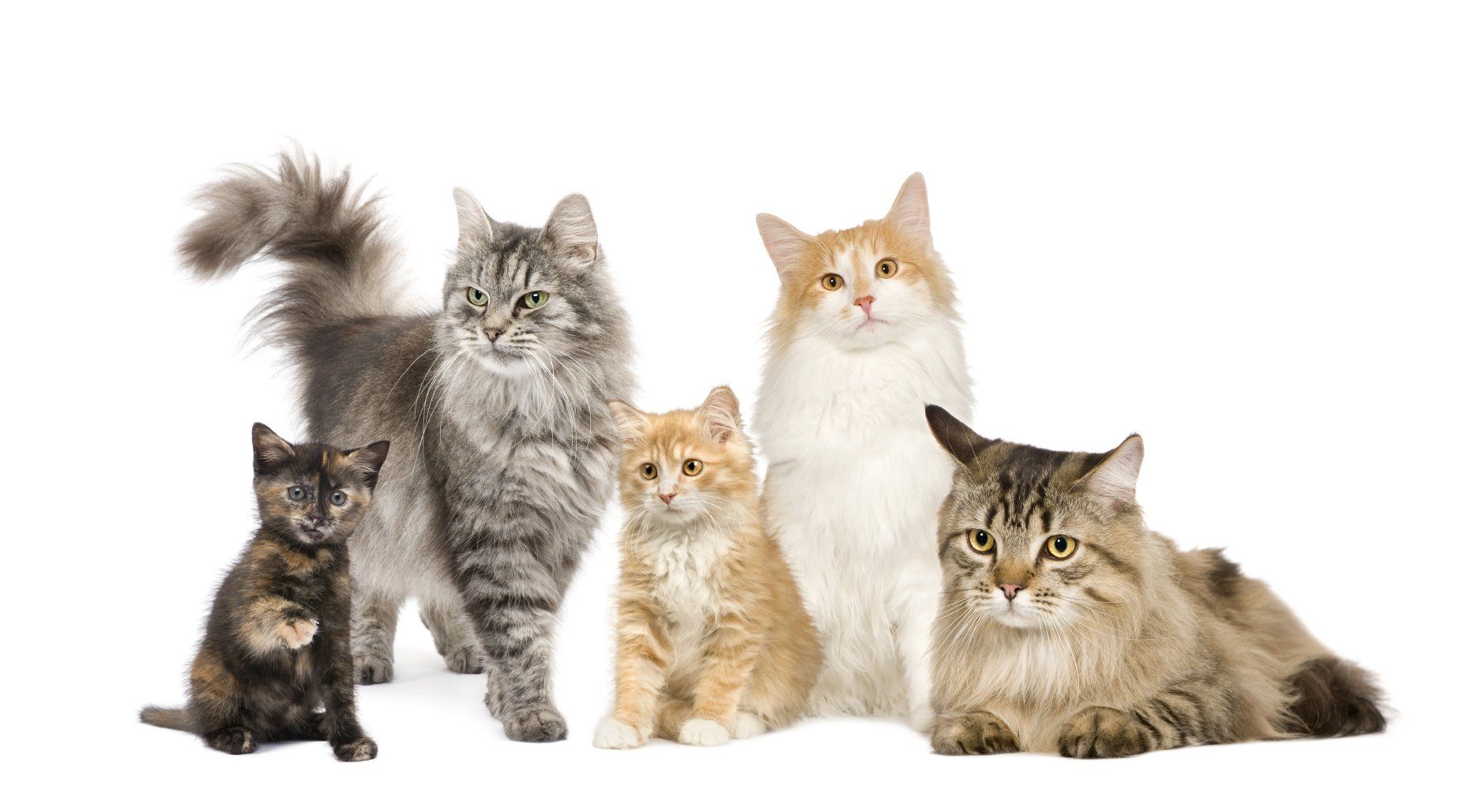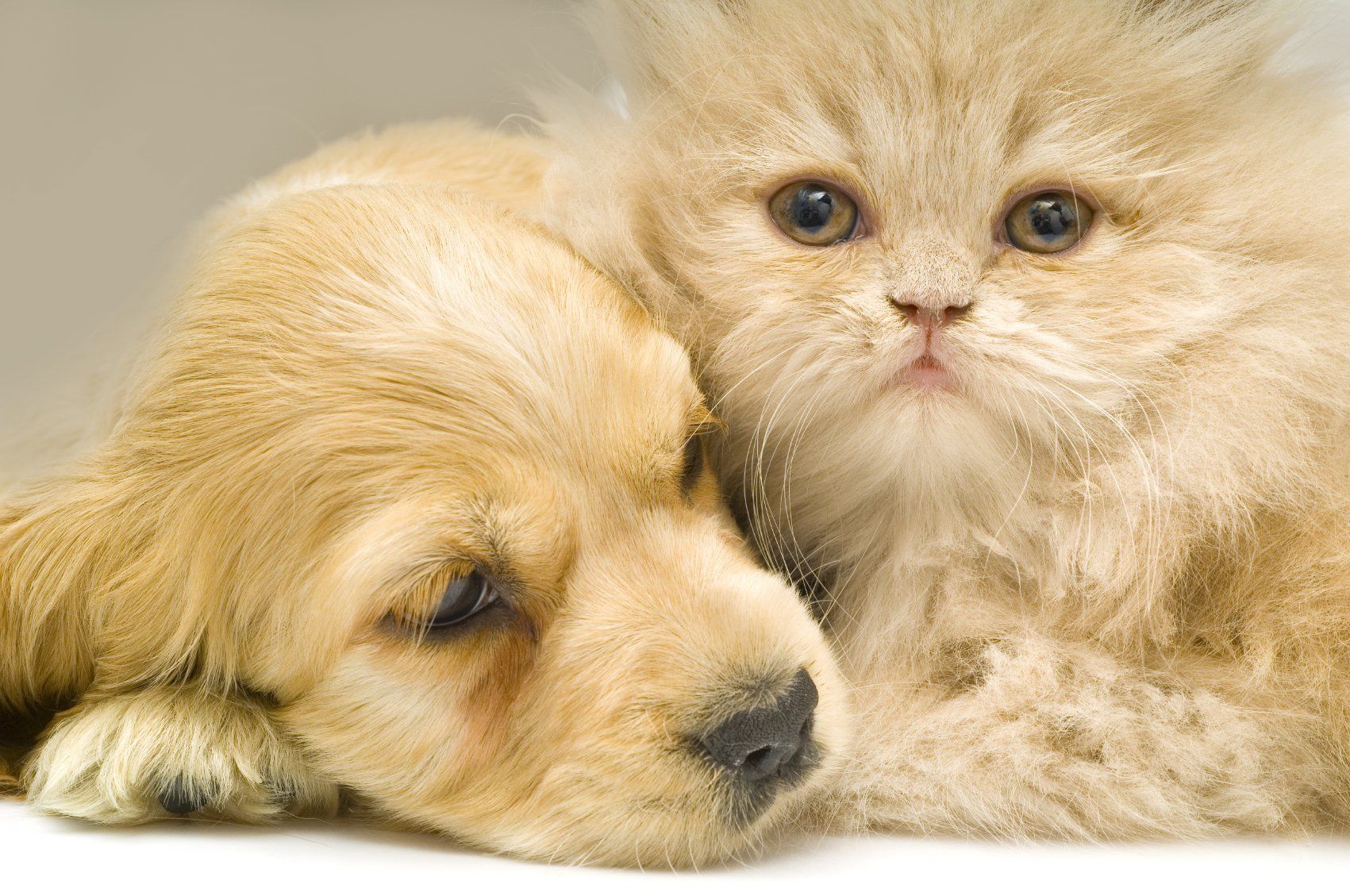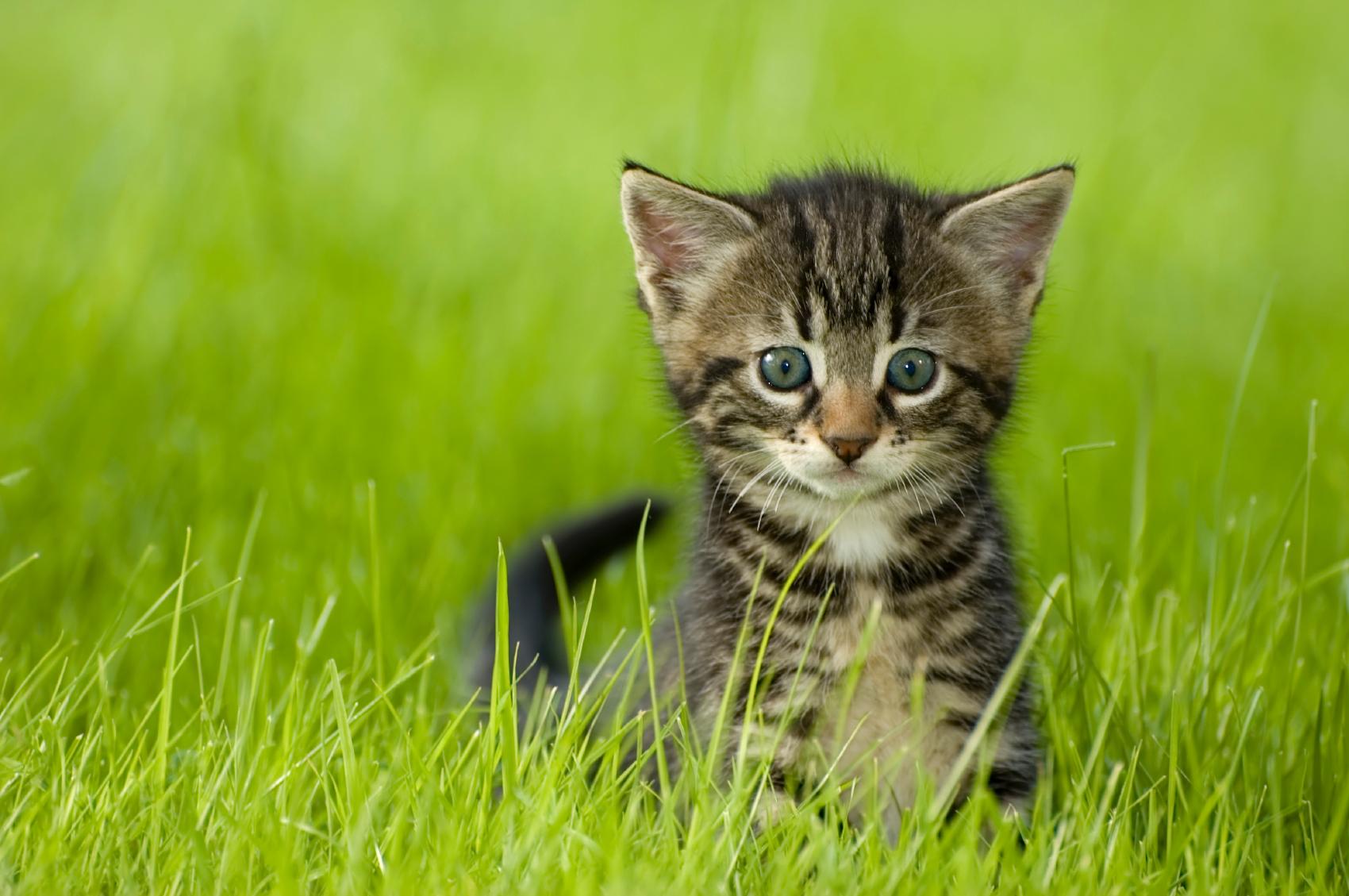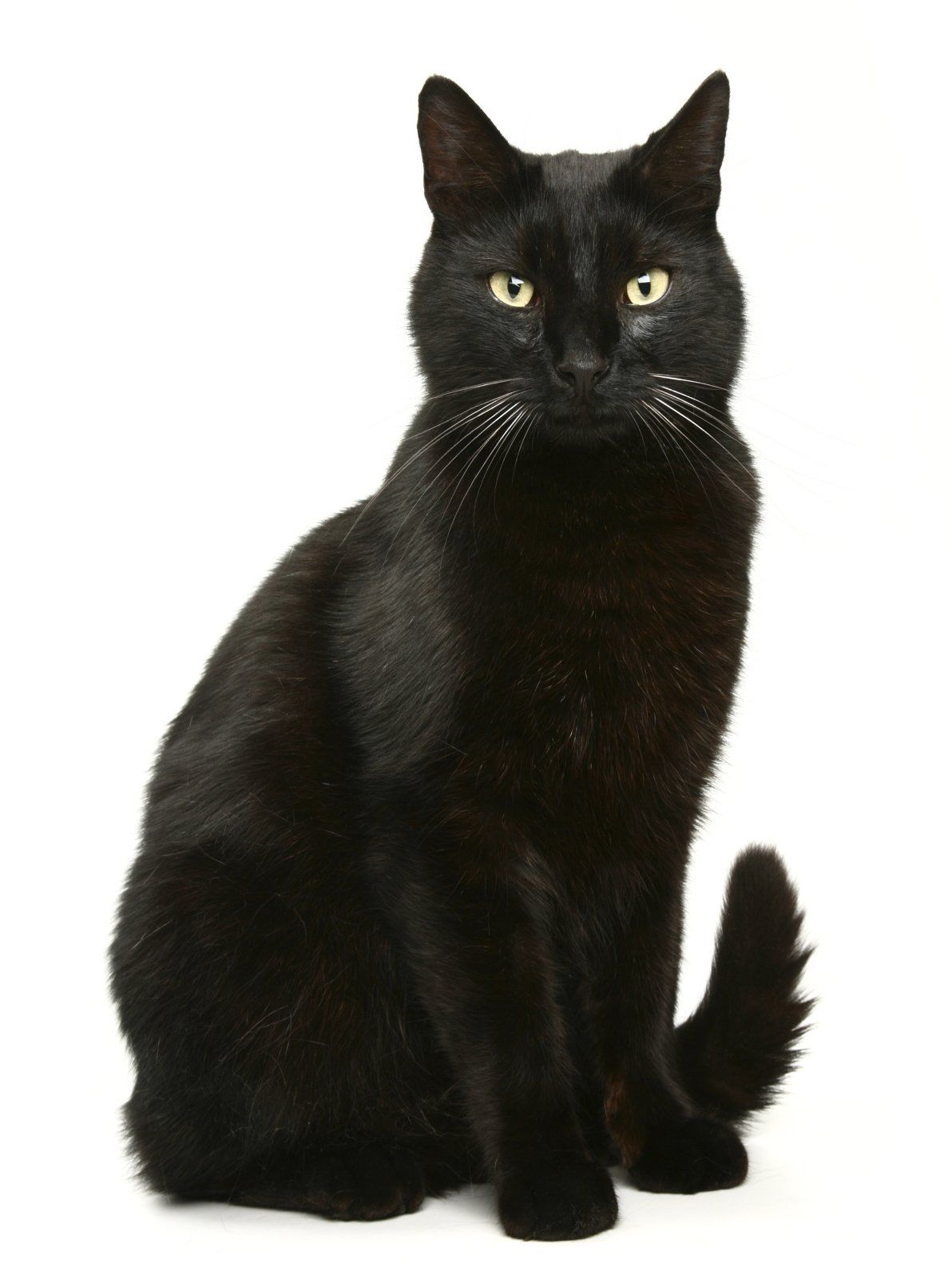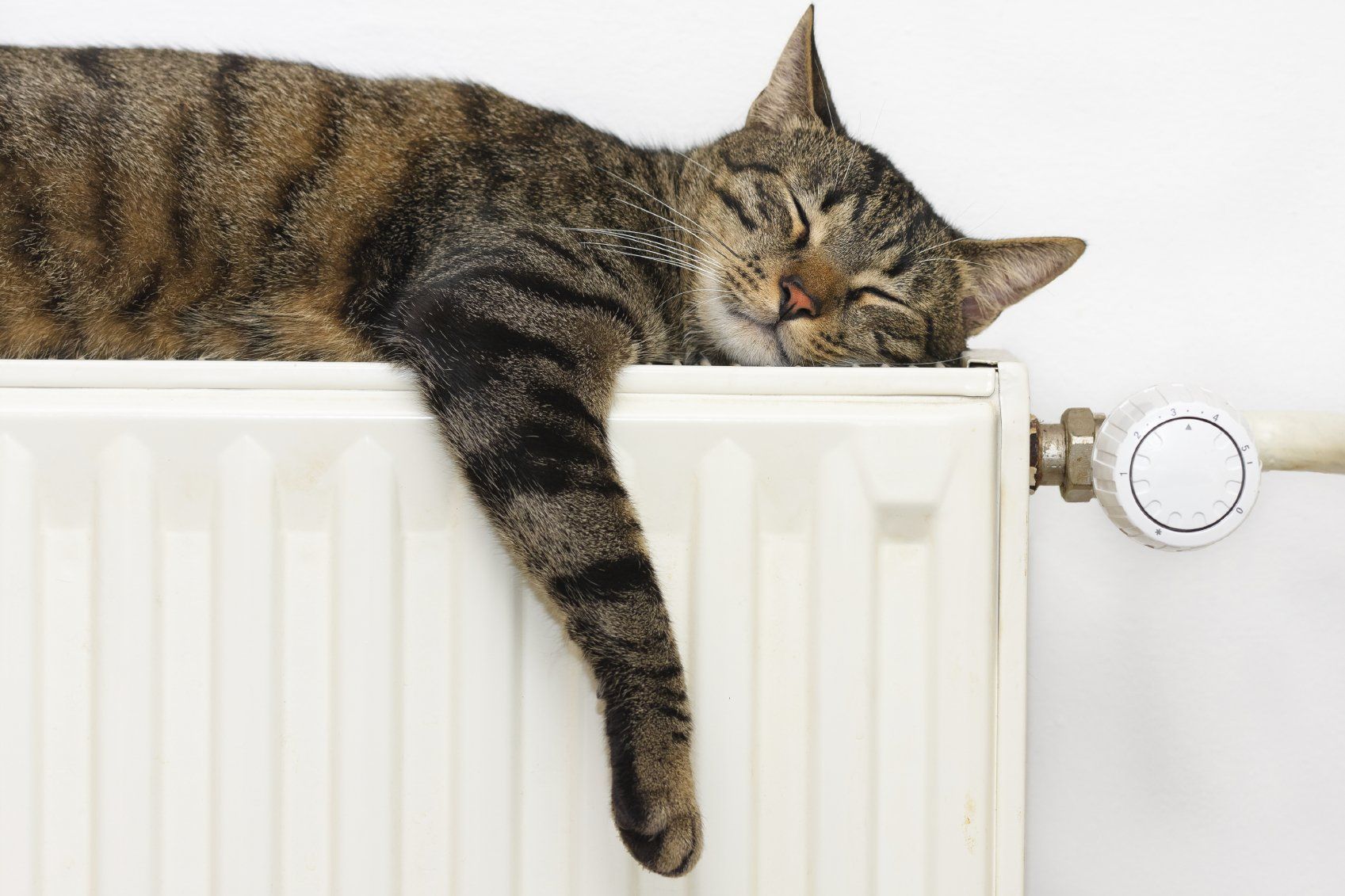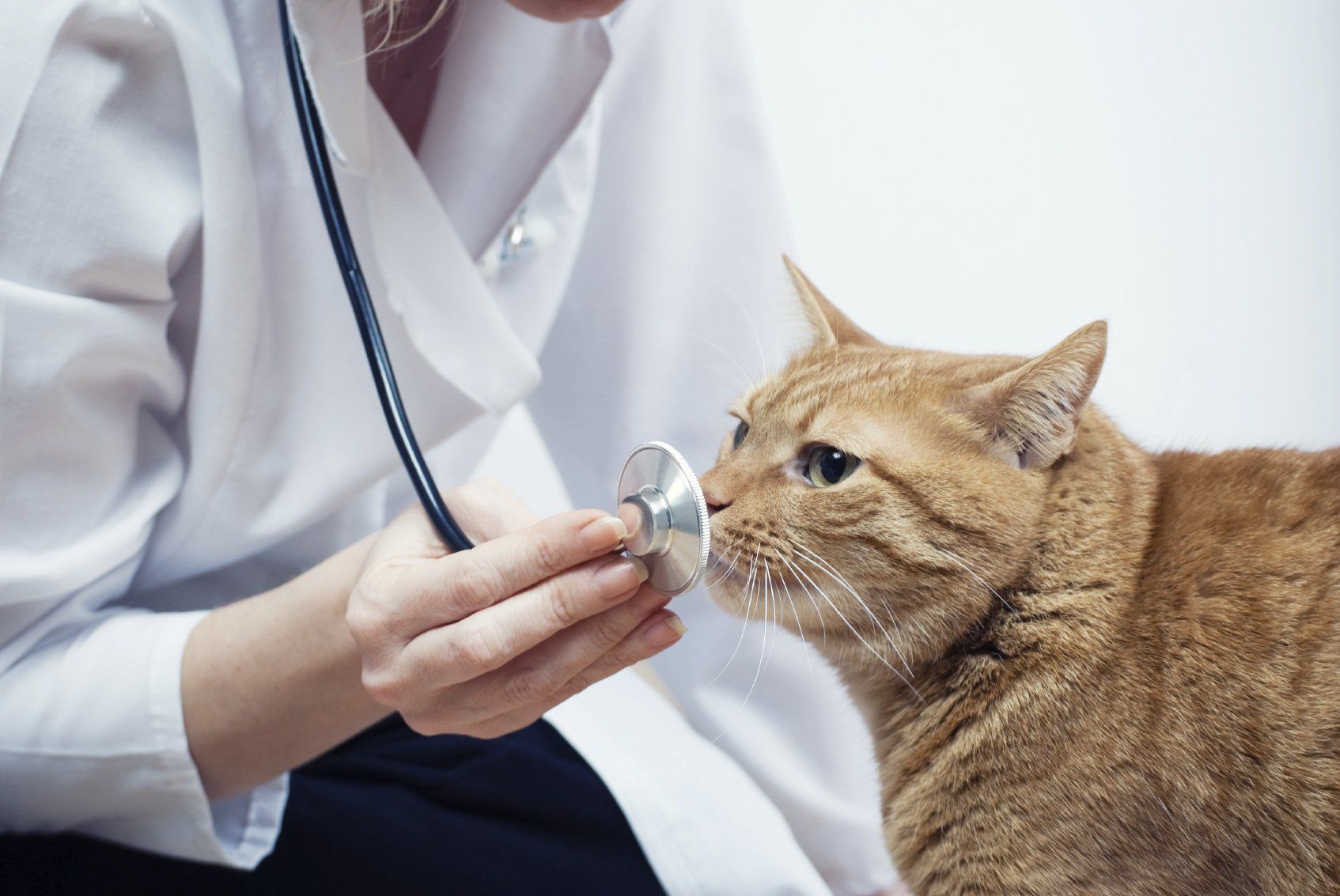Wildlife
If you find an animal that requires help, before removing it from where it is, please seek advice first.
Removing it from where it is - may actually cause more harm than good
Local wildlife rescue centres:
The advice below is taken from the RSPCA website:
What to do with injured wild animals
If you find an injured wild animal, watch it first to see how badly hurt it is. Then if possible take it to a nearby vet or wildlife rehabilitator (call first to make sure they can take and treat the animal).
It's often faster to take an animal to a vet or wildlife rehabilitator yourself as our nearest officer may be out of the area attending other calls.
Find a wildlife rehabilitator
If you are unable to transport the animal and cannot find a wildlife rehabilitator who is able to help, contact us about an animal in distress. If possible, contain the animal before calling - see advice below.
If you find an injured wild animal, watch it first to see how badly hurt it is. Then if possible take it to a nearby vet or wildlife rehabilitator (call first to make sure they can take and treat the animal).
It's often faster to take an animal to a vet or wildlife rehabilitator yourself as our nearest officer may be out of the area attending other calls.
Find a wildlife rehabilitator
If you are unable to transport the animal and cannot find a wildlife rehabilitator who is able to help, contact us about an animal in distress. If possible, contain the animal before calling - see advice below.
Caution!
Wild animals can scratch and bite when frightened, particularly if they are injured. If in doubt, keep a safe distance and call us.
Apply common sense when approaching an injured animal:
Do not attempt to handle or transport an injured deer, seal, wild boar, otter, badger, fox, snake, bird of prey (including owls), swan, goose, heron or gull, keep a safe distance and call 0300 1234 999.
Wild animals can scratch and bite when frightened, particularly if they are injured. If in doubt, keep a safe distance and call us.
Apply common sense when approaching an injured animal:
Do not attempt to handle or transport an injured deer, seal, wild boar, otter, badger, fox, snake, bird of prey (including owls), swan, goose, heron or gull, keep a safe distance and call 0300 1234 999.
Never lift a wild animal, unless you are sure that you can do so without risk to yourself or others.
Wear gloves when handling all wild animals, especially oiled wildlife - pollutants like oil can be hazardous.
Keep the animal away from your face.
Wash your hands thoroughly after handling an animal.
Take care in dangerous locations, such as a busy road. Watch from a distance first to see whether the animal is still alive, call for help if you can't reach it safely.
Never try to free an animal from a snare or trap ¿ you risk hurting yourself and the animal and it could be an offence if the animal was legally caught. Stay back to avoid stressing the animal and call us with the location.
Capture and boxing injured wildlife
If it's safe to catch and handle the animal, then, wearing suitable gloves, quickly place it into a secure cardboard box with ventilation holes, lined with towel or newspaper.
Keep the animal quiet and take it to a vet (call first to make sure they can take and treat the animal), one of our wildlife centres or your local wildlife rehabilitator, (but note not all have been inspected by us). If you are unable to transport the animal, call 0300 1234 999.
Sign up to our newsletter for more animal care advice
If you are unable to transport the animal and cannot find a wildlife rehabilitator who is able to help, contact us about an animal in distress. If possible, contain the animal before calling - see advice below.
Capture and boxing injured wildlife
If it's safe to catch and handle the animal, then, wearing suitable gloves, quickly place it into a secure cardboard box with ventilation holes, lined with towel or newspaper.
Keep the animal quiet and take it to a vet (call first to make sure they can take and treat the animal), one of our wildlife centres or your local wildlife rehabilitator, (but note not all have been inspected by us). If you are unable to transport the animal, call 0300 1234 999.
Sign up to our newsletter for more animal care advice
If you are unable to transport the animal and cannot find a wildlife rehabilitator who is able to help, contact us about an animal in distress. If possible, contain the animal before calling - see advice below.

